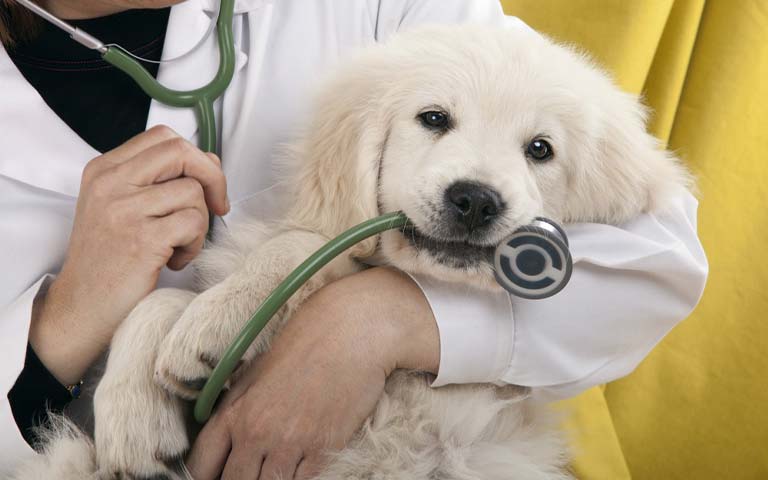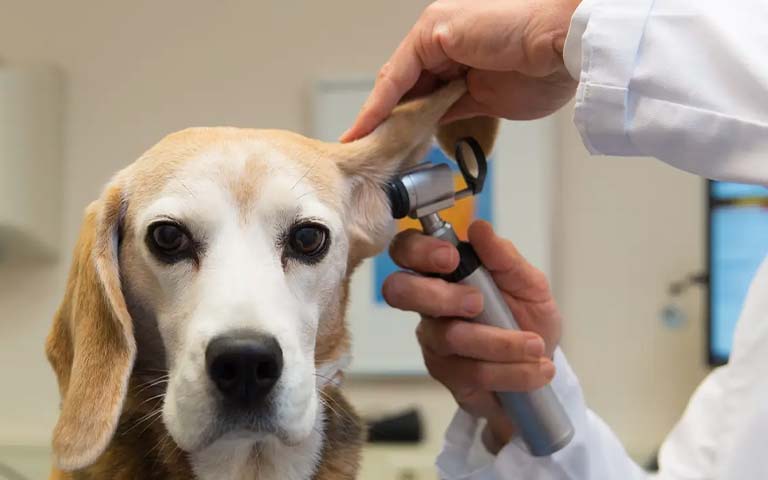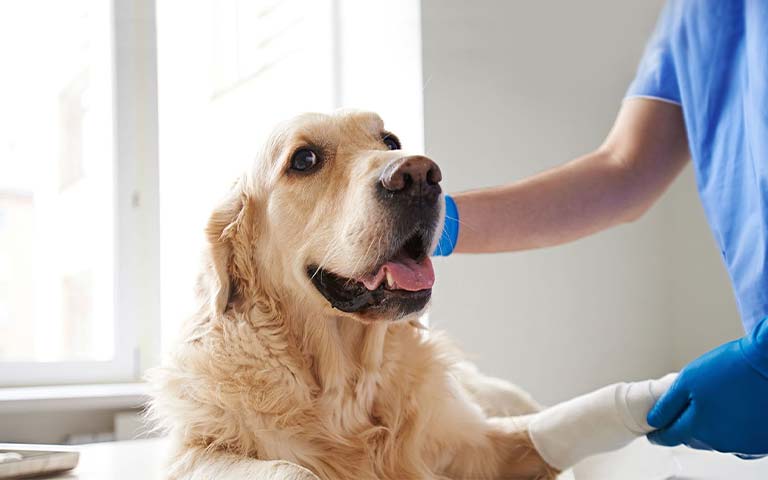For many dogs, vet visits can be a stressful and overwhelming experience. The unfamiliar sights, sounds, and smells, combined with the anticipation of medical procedures, can trigger anxiety and fear in even the most well-behaved canines. Fortunately, there are several strategies you can employ to help keep your dog calm and comfortable during their next vet appointment. We’ll provide you with detailed instructions and tips to ensure a smooth and successful completion of the process.

Problem: Why Do Dogs Get Anxious at the Vet?
To effectively solve the problem of keeping your dog calm during vet visits, it’s important to understand why they get anxious in the first place. Some common reasons include:
1. Fear of the unknown
Dogs thrive on routine and predictability. When they’re placed in an unfamiliar environment, surrounded by unfamiliar people and animals, it can trigger a fear response.
2. Past negative experiences
If your dog has had a negative experience at the vet in the past, such as a painful procedure or aggressive handling, they may associate the entire environment with fear and discomfort.
3. Sensory overload
Vet clinics are often busy, noisy places with bright lights and unfamiliar smells. This can be overwhelming for some dogs, especially those who are sensitive to sensory stimuli.
4. Agitate: Signs of Anxiety in Dogs
To effectively solve the problem of keeping your dog calm during vet visits, it’s important to be able to recognize the signs of anxiety in your furry friend. Some common signs include:
- Panting and drooling
- Shaking or trembling
- Hiding or cowering
- Excessive barking or whining
- Refusing to eat or drink
- Aggressive behavior, such as growling or biting
If you notice any of these signs in your dog during a vet visit, it’s important to take action to help calm them down.

Solve: Tips for Keeping Your Dog Calm During Vet Visits
Now that we’ve identified the problem and signs of anxiety, it’s time to explore solutions. Here are some tips for keeping your dog calm and comfortable during their next vet appointment:
1. Start Early
Introduce your dog to the vet clinic environment gradually, before they need medical attention. Take them for short, positive visits to the clinic, where they can meet the staff and get comfortable with the sights, sounds, and smells of the environment.
2. Desensitize
If your dog is particularly sensitive to certain stimuli, such as the sound of clippers or the smell of alcohol, work on desensitizing them at home. Use positive reinforcement techniques, such as treats and praise, to help your dog associate these stimuli with positive experiences.
3. Stay Calm
Dogs are incredibly attuned to their owner’s emotions. If you’re anxious or nervous during a vet visit, your dog is likely to pick up on those emotions and become more anxious themselves. Stay calm and relaxed, and use a soothing voice to reassure your furry friend.
4. Use Distractions
Bring along your dog’s favorite toy or treat to help keep them distracted and occupied during the visit. You can also try playing calming music in the waiting room to help drown out the sounds of other animals.
5. Consider Medication
In some cases, medication may be necessary to help your dog stay calm during a vet visit. Talk to your vet about anti-anxiety medication options, and whether they might be appropriate for your furry friend.

FAQ
Is it safe to give my dog medication to calm them down during a vet visit?
While some medication may be appropriate for some dogs, it’s important to always consult with your vet before administering any medication to your pet. They can help determine whether medication is necessary and what the appropriate dosage would be.
Can I bring my dog’s favorite blanket or bed to the vet with them?
Most vet clinics will allow you to bring along comfort items, such as blankets or beds, to help keep your dog calm and comfortable during their visit. Just be sure to check with the clinic ahead of time to make sure they allow these items.
What is the recommended frequency for taking my dog to the veterinarian?
How often your dog should see the vet will depend on their age, health status, and any underlying medical conditions. As a general rule, dogs should have a wellness exam at least once a year, although more frequent visits may be necessary for puppies, senior dogs, or those with health issues.

Conclusion
Keeping your dog calm and comfortable during vet visits is important for their health and well-being, as well as the safety of the veterinary staff. By understanding the problem, recognizing the signs of anxiety, and employing the right strategies, you can help ensure that your furry friend has a positive and stress-free experience during their next vet visit. Remember, it’s never too early to start preparing your dog for vet visits, so start working on these tips today!
